The possible discovery of a boson at the Large Hadron Collider suggests a restoration of symmetry between two simple things: left and right.
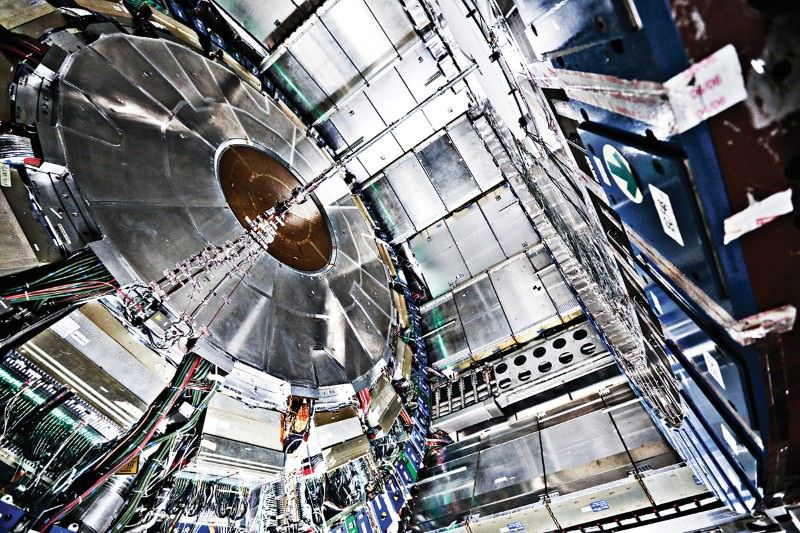

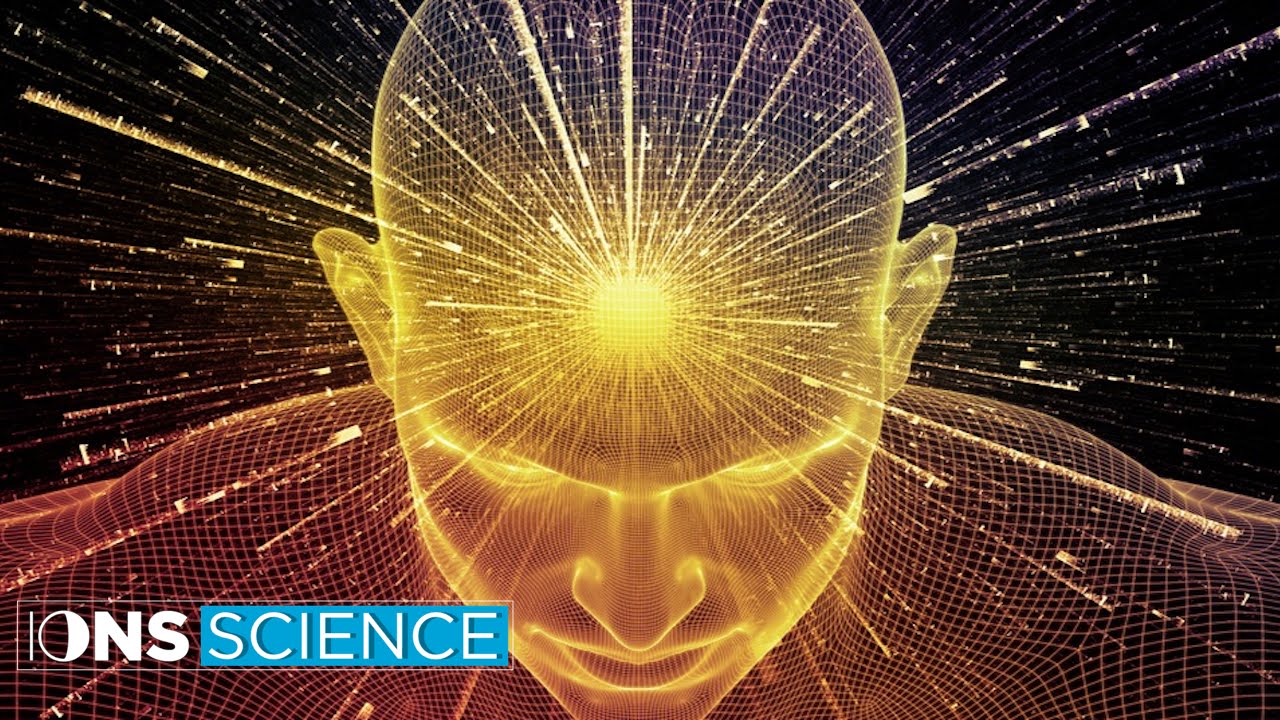
Dean Radin, Ph.D. and Chief Scientist of IONS, the Institute for Noetic Sciences, recently introduced the results of a series of experiments that may provide the missing link between consciousness and matter, turning the tables on materialism and asserting consciousness as a fundamental component of reality itself. Using a variation of the famous double-slit experiment, he and his team hypothesized that the conscious intent of a human mind might be able to collapse a quantum wave function without direct interaction. Simply by concentrating they postulated, meditation might be able to affect and influence quantum particles – the smallest components of matter that form our physical universe. .
Initial experiments used participants 2 meters away from the device. Alternating between asking participants to concentrate on the apparatus, then removing their attention showed astounding results. Fearing that temperature differences or other variables might have influenced the test, they offered the experiment to participants online. Using several thousand robotic control sessions to ensure that a determination could be made for the factor of human consciousness, the results were likewise astounding, with initial trial results of greater than 5 sigma.
Dr. Radin’s video from the April 2016 conference introducing the results from this experiment is available online through the IONS channel. I highly recommend watching the video in its entirety to get a full understanding of the experiment results, research protocols, variables, controls and the results from other labs and researchers who have replicated these results.
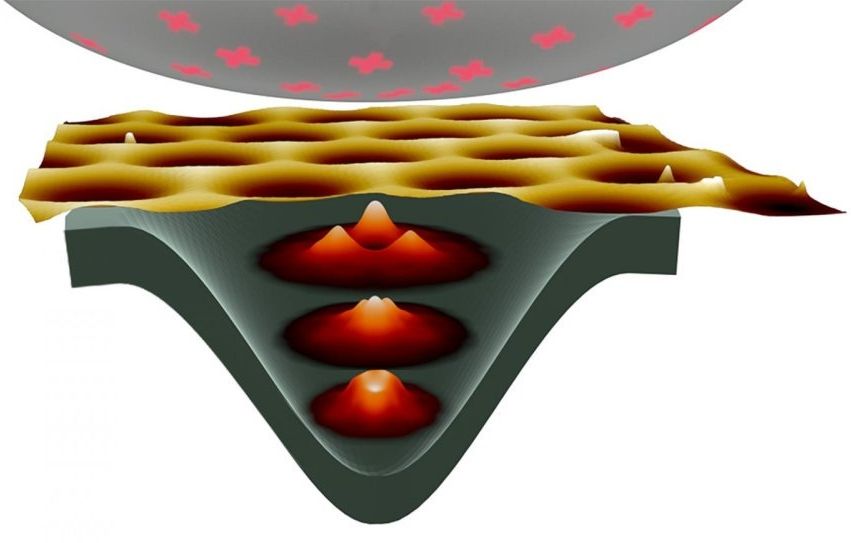
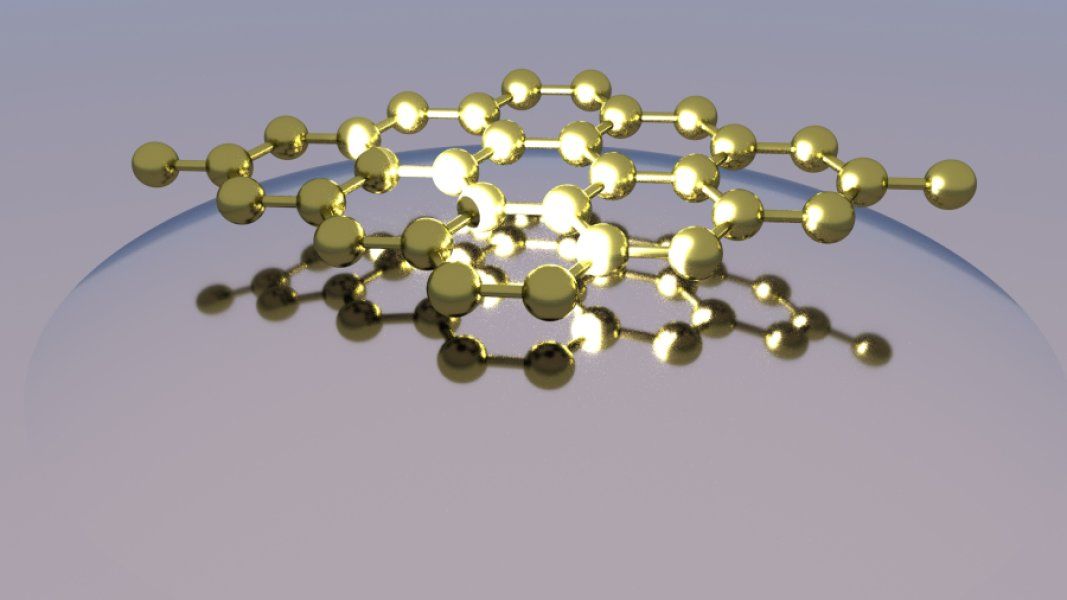
Researchers at Queen’s University Belfast and ETH Zurich, Switzerland, have created a new theoretical framework which could help physicists and device engineers design better optoelectronics, leading to less heat generation and power consumption in electronic devices which source, detect, and control light.
Speaking about the research, which enables scientists and engineers to quantify how transparent a 2D material is to an electrostatic field, Dr Elton Santos from the Atomistic Simulation Research Centre at Queen’s, said: “In our paper we have developed a theoretical framework that predicts and quantifies the degree of ‘transparency’ up to the limit of one-atom-thick, 2D materials, to an electrostatic field.
“Imagine we can change the transparency of a material just using an electric bias, e.g. get darker or brighter at will. What kind of implications would this have, for instance, in mobile phone technologies? This was the first question we asked ourselves. We realised that this would allow the microscopic control over the distribution of charged carriers in a bulk semiconductor (e.g. traditional Si microchips) in a nonlinear manner. This will help physicists and device engineers to design better quantum capacitors, an array of subatomic power storage components capable to keep high energy densities, for instance, in batteries, and vertical transistors, leading to next-generation optoelectronics with lower power consumption and dissipation of heat (cold devices), and better performance. In other words, smarter smart phones.”
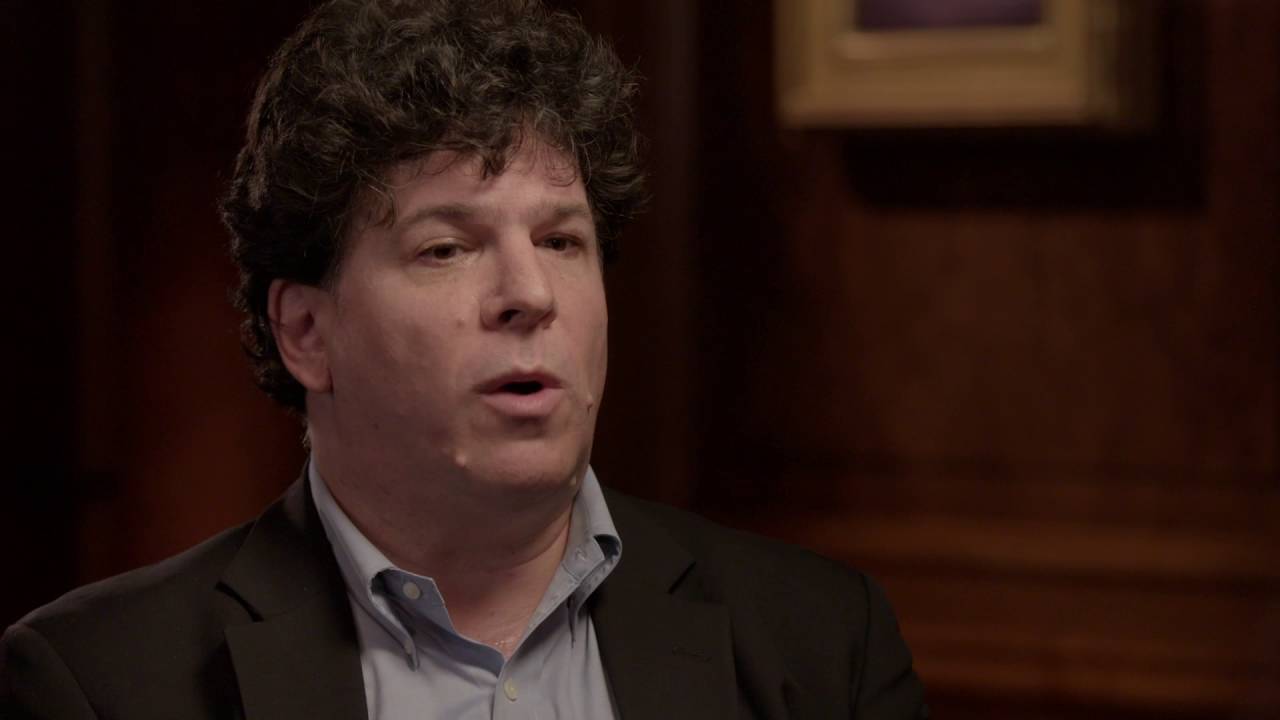
Is Market Capitalism simply an accident of certain factors that came together in the 19th and 20th centuries? Does the innovation of economics require a new economics of innovation? Is the study of economics deeply affected by the incentive structures faced by economists themselves, necessitating a study of the “economics of economics”? In this broad ranging interview INET Senior Economist Pia Malaney sits down with Eric Weinstein — mathematician, economist, Managing Director of Thiel Capital (as well as her co-author and husband) to discuss these and other issues.
Underlying the seismic shifts in the economy in the last ten years, Dr. Weinstein sees not just a temporary recession brought on by a housing crisis, but rather deep and fundamental shifts in the very factors that made market capitalism the driving force of economic growth for the past two centuries. The most profound of these shifts as Dr. Weinstein sees it, is an end to 20th century style capitalism brought about not by a competing ideology, as many had once feared, but instead by changing technology. As production is driven increasingly by bits rather than atoms, he sees the importance of private goods give way to public goods, undermining a basic requirement of market models. In a different line of thinking, as software becomes increasingly sophisticated it takes on the ability to replace humans not only in low level repetitive tasks but also, with the use of deep learning algorithms, in arbitrarily complex repetitive tasks such as medical diagnosis.
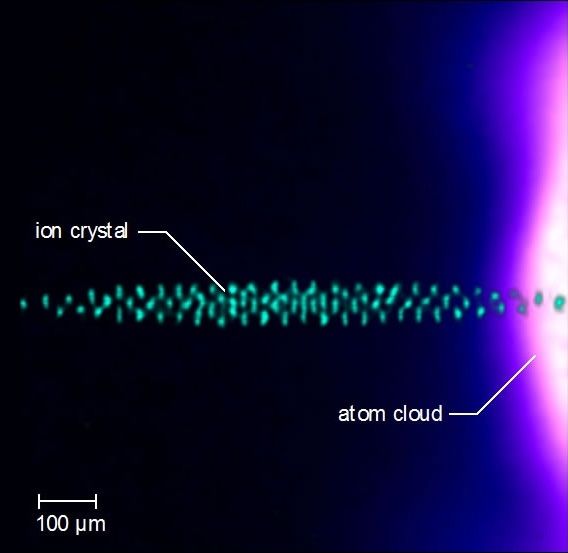
Proving 2 temperatures coexist — disrupting thermodynamics.
Stuart Wolpert.
According to the basic laws of thermodynamics, if you leave a warm apple pie in a winter window eventually the pie would cool down to the same temperature as the surrounding air.
For chemists and physicists, cooling samples of charged particles, also called ions, makes them easier to control and study. So they use a similar approach — called buffer gas cooling — to lower the temperature of ions by trapping them and then immersing them in clouds of cold atoms. Collisions with the atoms cool the originally hot ions by transferring energy from the ions to the atoms — much the same way a warm pie is cooled next to the cold window, said Eric Hudson, associate professor of physics at UCLA.
But new research by Hudson and his team, published in the journal Nature Communications, demonstrates that ions never truly cool to the temperature of the surrounding gas. Also, very surprisingly, they discovered that under certain conditions, two final temperatures exist, and the temperature that the ions choose depends on their starting temperature.

Experiments confirm the existence of 1-micrometer-sized molecules made of two cesium atoms by showing that their binding energies agree with predictions.
Strongly bound diatomic molecules such as H2H2or O2O2 are less than a nanometer across. Surprisingly, scientists have been able to create two-atom molecules more than a thousand times larger by using exotic atoms that attract one another only very weakly. Now, a pair of physicists have calculated what makes these “macrodimers” stable, and they have verified their predictions by creating micrometer-sized molecules containing two cesium atoms. The macrodimers could have applications in quantum computing.
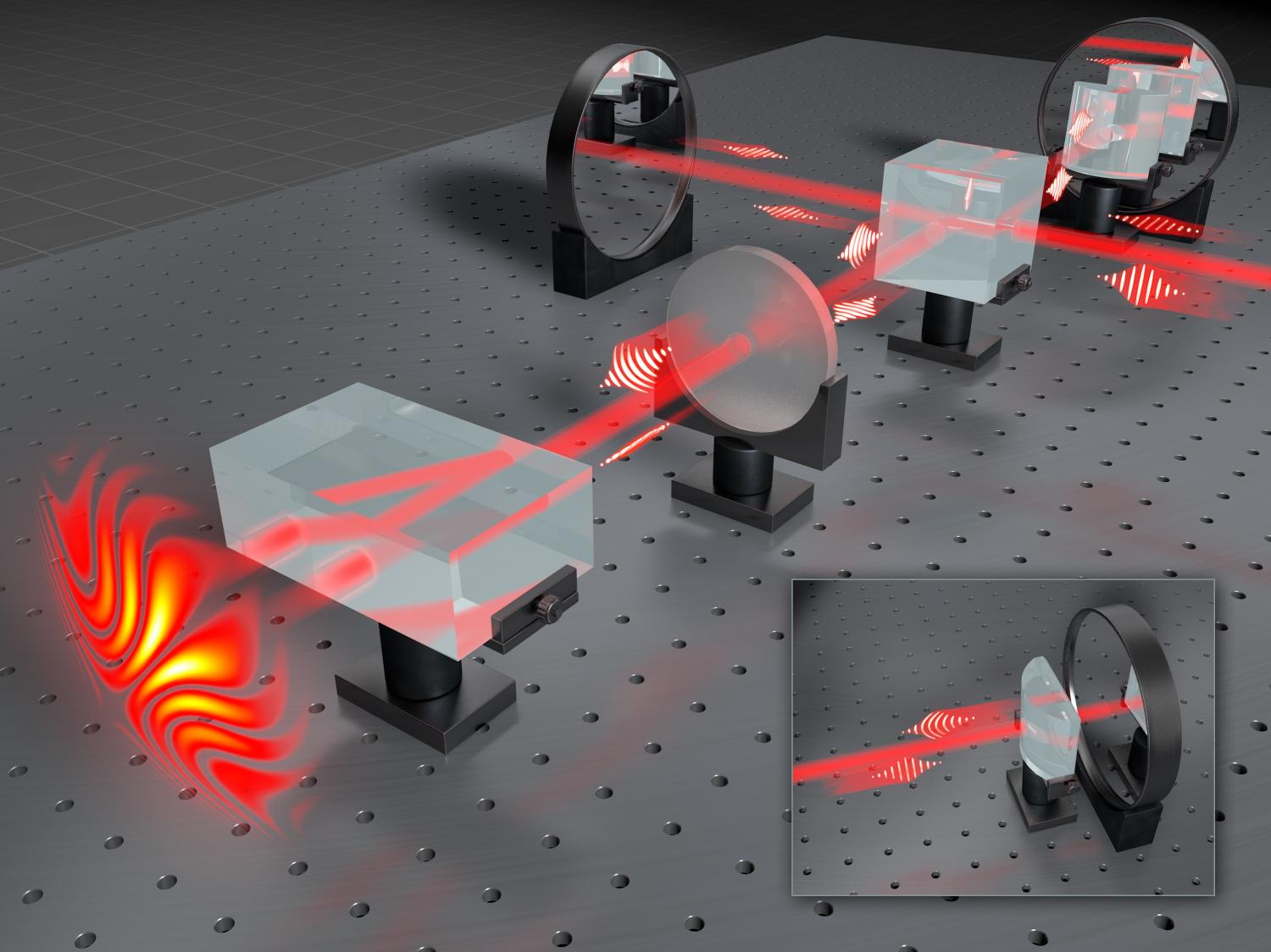
Until quite recently, creating a hologram of a single photon was believed to be impossible due to fundamental laws of physics. However, scientists at the Faculty of Physics, University of Warsaw, have successfully applied concepts of classical holography to the world of quantum phenomena. A new measurement technique has enabled them to register the first-ever hologram of a single light particle, thereby shedding new light on the foundations of quantum mechanics.
Scientists at the Faculty of Physics, University of Warsaw, have created the first ever hologram of a single light particle. The spectacular experiment was reported in the prestigious journal Nature Photonics.The successful registering of the hologram of a single photon heralds a new era of quantum holography, which offers a whole new perspective on quantum phenomena.
“We performed a relatively simple experiment to measure and view something incredibly difficult to observe: the shape of wavefronts of a single photon,” says Dr. Radoslaw Chrapkiewicz.

Nice work; understanding the quantum effects in nanomechanical systems is closer to reality in being achieved. Imagine a nanobot or microbot with quantum mechanic properties.
Rob Knobel is probing the ultimate limits of nanomechanical systems to develop and build tiny vapour sensors, which could be used as airport security tools to prevent terrorism or drug smuggling.
He and his students are using highly specialized equipment in the $5-million Kingston Nano Fabrication Laboratory (KNFL), which opened a year ago in Innovation Park, to fabricate nanosensors made from graphene, a form of carbon a single atom thick.
“Graphene is the strongest, lightest material yet discovered, and it has remarkable electrical and mechanical properties. We’re developing graphene chemical sensors that can detect vapours in parts per billion or trillion concentration. These could potentially be used for detecting explosives or biological agents,” says Dr. Knobel, an associate professor, the Chair of Engineering Physics and a Queen’s Engineering graduate himself.

Recent findings indicating the possible discovery of a previously unknown subatomic particle may be evidence of a fifth fundamental force of nature, according to a paper published in the journal Physical Review Letters by theoretical physicists at the University of California, Irvine.
“If true, it’s revolutionary,” said Jonathan Feng, professor of physics & astronomy. “For decades, we’ve known of four fundamental forces: gravitation, electromagnetism, and the strong and weak nuclear forces. If confirmed by further experiments, this discovery of a possible fifth force would completely change our understanding of the universe, with consequences for the unification of forces and dark matter.”
The UCI researchers came upon a mid-2015 study by experimental nuclear physicists at the Hungarian Academy of Sciences who were searching for “dark photons,” particles that would signify unseen dark matter, which physicists say makes up about 85 percent of the universe’s mass. The Hungarians’ work uncovered a radioactive decay anomaly that points to the existence of a light particle just 30 times heavier than an electron.